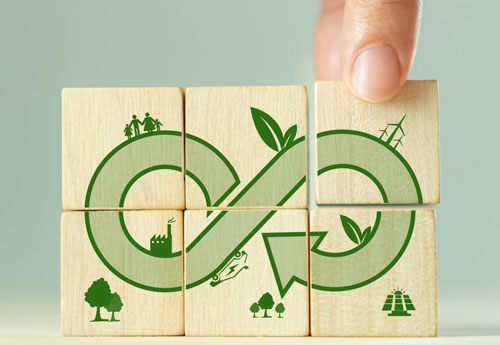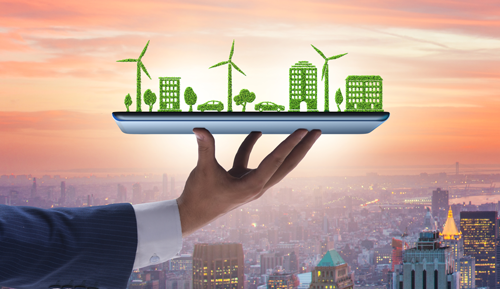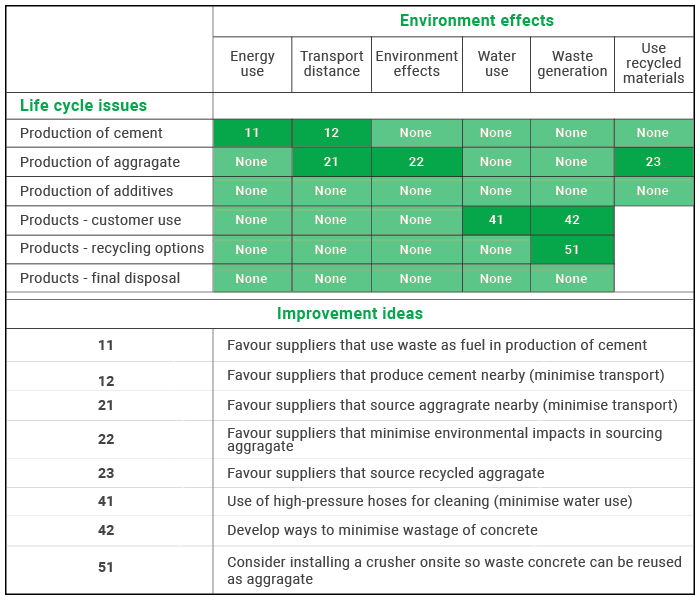How to implement ISO 14001 "life cycle perspective"
In ISO 14001:2015, there is a requirement (in Clause 6.1.2) to consider the “life cycle perspective” when determining your organisation’s environmental aspects.
In this blog I will explain what the life cycle perspective is and show you how to implement and document it in your Environmental Management System.
What is the life cycle perspective?
The term “life cycle perspective” refers to the the consecutive and interlinked stages of an activity, product or service system your organisation can control or influence.
These consecutive and interlinked stages are also referred to as the life cycle stages of a product or service, for example, factors related to purchase of raw materials and equipment and design of products or services, through to how it’s transported, used and disposed.
Life cycle stages will vary from one organisation to another and will depend on the nature of your activities, products or services.
These are the typical life cycle stages as highlighted in Clause 6.1.3 in ISO 14001:2015:
- Acquisition of raw materials
- Design and development process
- Production
- Transportation and delivery
- Storage and use
- End of life treatment
- Final disposal

Understanding the importance of the life cycle perspective
The inclusion of the life cycle perspective when determining environmental aspects within the defined scope of the Environmental Management System, is designed to encourage organisations to look beyond their own operations to the entire life cycle of their activities, products, and services and also at the life cycle of the activities, products and services provided to them by third parties or those they outsource.
Organisations have an environmental requirement to consider the whole supply chain, including the treatment and final disposal of their products by their customers and the environmental practices of external providers and suppliers to their organisation.
Considering these life cycle stages puts organisations in a better position to recognise the potential significant environmental impacts that could occur at each stage and establish controls.
Control, influence, or focus
The level of control or influence an organisation can have on their environmental aspects will vary. Some environmental aspects can be controlled directly, for example how its hazardous substances or process waste are stored. Other aspects can be indirectly controlled or influenced, for example choosing a supplier with good environmental credentials or a supplier with sustainable practices. And then there are environmental aspects that an organisation has limited influence on such as how their customers choose to recycle, reuse or dispose of their product.
Clause 6.1.3 of ISO 14001:2015 stipulates that it is up to the organisation to determine the extent of control it can exercise, what it can influence and the extent to which it chooses to influence.
In addition to variances in the level of control or influence an organisation might have, there are also variances in what stages of the life cycle an organisation’s top management might focus on. For example, top management of a manufacturing company might put significant focus on reducing the environmental impacts related to the natural resources they purchase. Or a service company might be focused on influencing customer behaviours and decisions in relation to environmental impacts.
No matter the control, influence or focus, the main goal of the life cycle perspective is for organisations to potentially prevent or mitigate adverse environmental impacts and prevent environmental impacts from being unintentionally shifted elsewhere within the life cycle.

Some life cycle considerations you can apply
The acquisition of raw materials
- What are the environmental impacts of their production?
- What is their mode of transport?
- What is the distance they must travel?
Design, development, and sale of products
- What are the environmental impacts of their production and use?
- What is their mode of transport?
- What is the distance they must travel?
- Are there reuse or recycling options at its end-of-life?
External services used
- What is their environmental management and performance?
- Do they have good environmental credentials?
- What chemicals do they use?
- How much waste do they generate?
Purchasing new equipment
- How far has the equipment travelled to your facility?
- Can the product or its packaging be recycled after use?
- How much waste is generated from the use of this equipment?

Implementing a life cycle perspective
ISO 14001:2015 does not require a detailed life cycle assessment or quantification when considering a life cycle perspective.
Below is a simple example of implementing and documenting a life cycle perspective. I have compiled it for an external concrete producer.
The column on the left highlights the life cycle issues and the row at the top highlights the environmental effects the organisation has considered. The section at the bottom is improvement ideas to help further reduce environmental impacts. These might be beneficial when selecting environmental objectives in your Environmental Management System.

I haven’t included the organisation’s own activities in this example as I generally cover these in an Environmental Aspects Register .
You might choose to incorporate some information from this table in your Aspects Register.